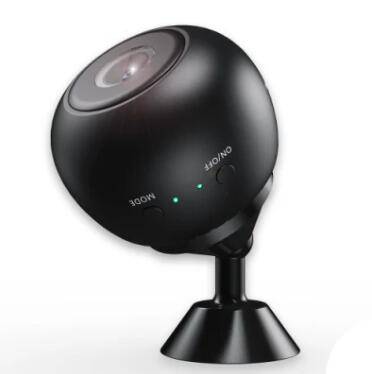Smart Cities and Surveillance: A Symbiotic Relationship for Urban Management
2023-11-28
Introduction:
In the dynamic evolution of urban landscapes, the concept of smart cities has emerged as a transformative force, leveraging advanced technologies to enhance efficiency, sustainability, and overall quality of life. Central to the smart city paradigm is the integration of surveillance systems that play a pivotal role in urban management. In this blog, we will delve into how smart cities seamlessly incorporate surveillance technologies to address a myriad of challenges and create a connected, responsive urban environment.
1. Defining Smart Cities:
- Smart cities leverage technology and data to optimize infrastructure, services, and communication for the benefit of residents.
- The integration of surveillance is a key component in achieving the objectives of efficiency, safety, and sustainability.
2. Smart Surveillance Infrastructure:
- Smart cities deploy a comprehensive surveillance infrastructure that includes a network of cameras, sensors, and IoT (Internet of Things) devices.
- These components form an interconnected web, providing real-time data and insights for urban management.
3. Traffic Management and Congestion Control:
- Surveillance cameras and sensors are strategically placed to monitor traffic flow, analyze patterns, and manage congestion.
- Smart traffic management systems use real-time data to optimize signal timings, reroute traffic, and enhance overall transportation efficiency.
4. Public Safety and Emergency Response:
- Surveillance contributes to public safety by providing real-time monitoring of public spaces, transportation hubs, and critical infrastructure.
- In emergency situations, surveillance data aids in coordinating rapid response efforts and ensuring the safety of residents.
5. Environmental Monitoring:
- Smart cities integrate surveillance for environmental monitoring, tracking air quality, noise levels, and other environmental parameters.
- This data informs decision-making for urban planning and environmental sustainability initiatives.
6. Waste Management Optimization:
- Surveillance technologies help optimize waste management by monitoring waste levels in bins and optimizing collection routes.
- Smart waste management systems reduce operational costs and improve the overall cleanliness of the city.
7. Urban Planning and Infrastructure Maintenance:
- Surveillance supports urban planning by providing insights into pedestrian movement, usage of public spaces, and infrastructure needs.
- City planners use this data to make informed decisions regarding infrastructure maintenance and development.
8. Smart Lighting and Energy Efficiency:
- Surveillance is integrated into smart lighting systems, allowing for adaptive lighting based on real-time data.
- Energy-efficient lighting solutions are activated only when and where needed, reducing energy consumption.
Conclusion:
The integration of surveillance technologies into the fabric of smart cities represents a powerful approach to urban management. By harnessing real-time data and insights, smart cities can enhance efficiency, improve public safety, and create a more sustainable and connected urban environment. As technology continues to advance, the synergy between smart city initiatives and surveillance capabilities will play a crucial role in shaping the cities of the future, where innovation and urban management converge for the benefit of all residents.



